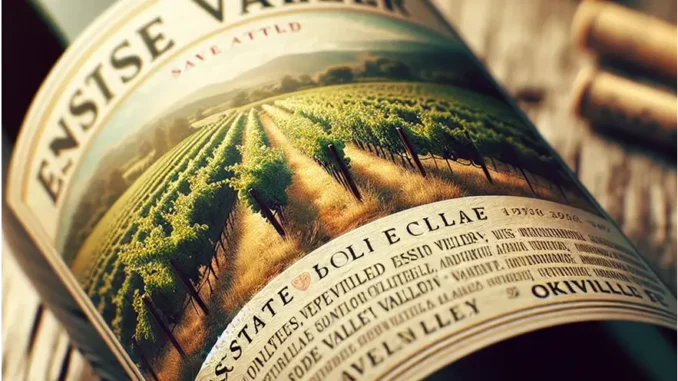
When it comes to picking the perfect wine, it often feels like navigating a labyrinth of grape varieties, regions, and vintages. To shed some light on this conundrum, I had the pleasure of sitting down with Michael Thompson, a seasoned wine enthusiast and sommelier, to uncover some invaluable tips and tricks. The focus of our conversation was clear: the importance of geography in determining wine quality.
Michael’s journey into the world of wine began in his early twenties. “I was initially overwhelmed by the sheer variety,” he recalls. “But then, I stumbled upon a simple yet profound insight: the more specific the geographic information on the label, the higher the likelihood of quality.”
The Importance of Geography in Wine Selection
Michael’s mantra is straightforward but powerful: Look for specific geographies on the label. This principle serves as a beacon in the often confusing world of wine selection. He explains, “When a wine label pinpoints the exact location of the vineyard, it tells you a lot about the care and attention that has gone into producing that wine.”
Understanding US Wine Labels
In the United States, wine labels can range from incredibly detailed to frustratingly vague. Michael advises, “Look for wines that name a specific vineyard or estate. Terms like ‘Estate Bottled’ or ‘Single Vineyard’ are indicators of quality. These wines are often crafted with grapes from a particular plot of land, ensuring consistency and care.”
Beyond individual vineyards, he recommends seeking out wines from recognised sub-American Viticultural Areas (AVAs). “Names like Russian River Valley, Anderson Valley, or Oakville are not just marketing terms. They signify regions known for their unique terroir and consistent quality. Wines from these areas are usually a safe bet.”
Conversely, Michael cautions against wines with overly broad geographical indications like ‘California’ or ‘USA.’ “These can be sourced from anywhere within the state or country, often leading to a mix of bulk grapes that lack the finesse of more tightly controlled regions.”
Navigating French Wine Labels
French wines, known for their complexity and tradition, can be challenging to decipher. “French labels typically don’t list the grape variety, which can be confusing if you’re not familiar with the region,” Michael notes. However, he shares a key tip: “Look for the term ‘Cru’ on the label. Whether it’s Premier Cru, 1er Cru, or Grand Cru, these are indicators of top-tier quality.”
He also highlights some never-fail options. “Châteauneuf-du-Pape and Sancerre are consistently excellent. These names alone can guide you to a rewarding bottle without needing to delve into the finer details.”
Italian and Spanish Wines
Italian and Spanish wines follow a similar principle of geographic specificity. “For Italian wines, seek out DOCG labels (Denominazione di Origine Controllata e Garantita). This designation ensures the wine comes from a quality-controlled region,” Michael suggests. He lists Barolos, Barbarescos, and Chianti Classico as some of his go-to options.
In Spain, the equivalent designation is DOCa (Denominación de Origen Calificada), or DOQ in the Catalan region. “Rioja and Priorat are the two regions with this status. Priorat wines, in particular, are lush and crowd-pleasing, making them a reliable choice.”
Wines from the Southern Hemisphere
Turning to the Southern Hemisphere, Michael shares insights on Australian and New Zealand wines. “For Australian Shiraz, look for the Barossa Valley. It’s a region synonymous with high-quality Shiraz.” He also recommends Rieslings from Eden Valley and Clare Valley, and Chardonnays from Margaret River.
For New Zealand, the focus is clear. “Marlborough Sauvignon Blanc is a benchmark for the variety. It’s where New Zealand has made its mark, and you can rarely go wrong with a bottle from this region.”
The Broader Picture
Michael’s advice paints a broader picture of wine selection, one that is rooted in geography. “The key is to understand that wine is an expression of its origin. The more specific the origin, the more likely it is that the wine will reflect the unique characteristics of that place.”
For those still feeling overwhelmed, he offers a final piece of advice: “Don’t be afraid to ask for help. Sommeliers, wine shop staff, and even apps like Vivino can provide valuable guidance. But if you remember to look for specific geographies, you’re already ahead of the game.”
In essence, Michael’s journey through the world of wine has distilled into a simple yet profound insight: the label is more than just a piece of paper. It’s a map to discovering quality wine, one that leads you through the rich and diverse landscapes where the magic of winemaking truly begins.
Sarah Berryman


Be the first to comment